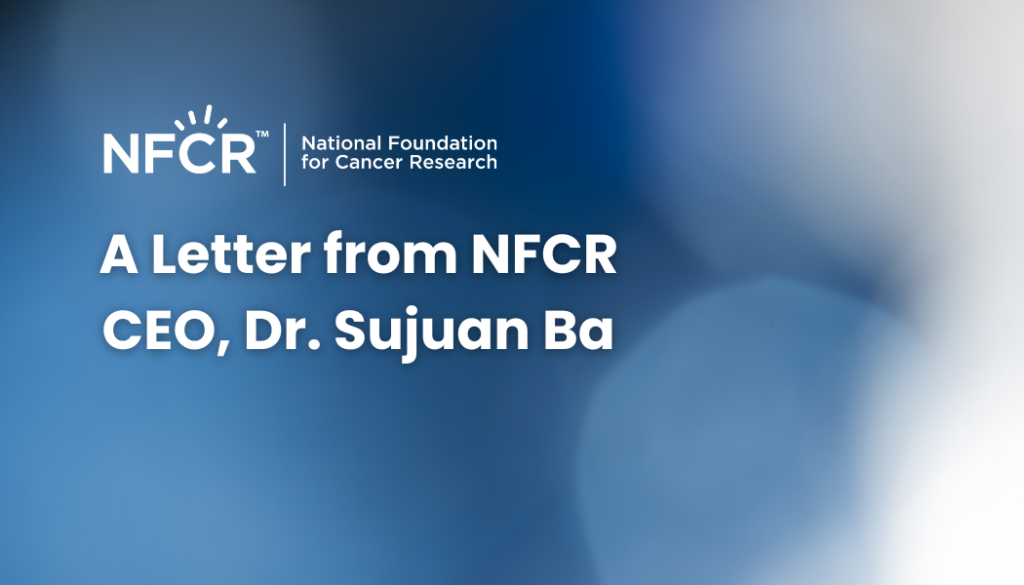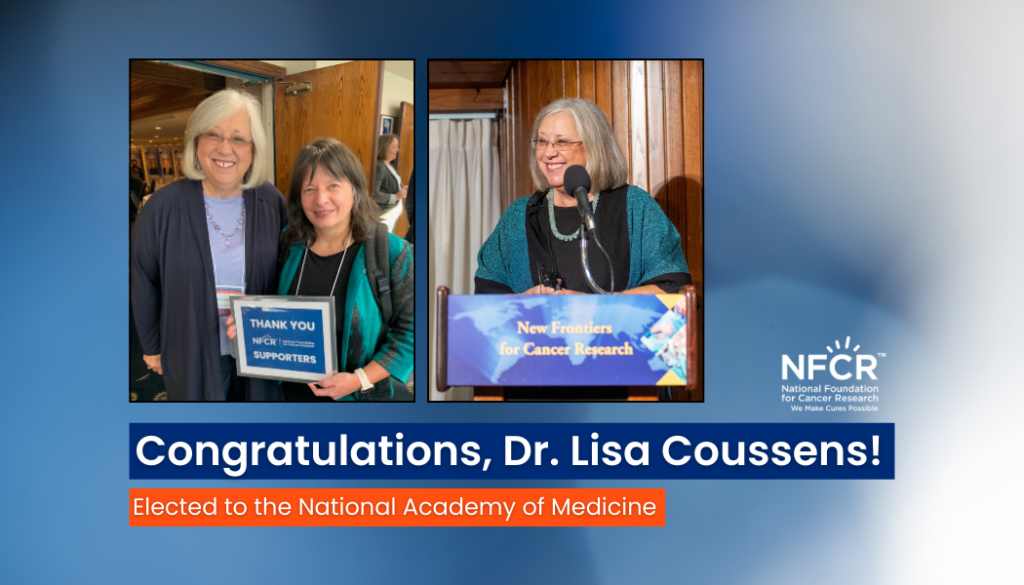Global Leaders in the Fight Against Cancer Gathered in Washington, DC on October 18, 2024, for the NFCR Global Summit and Award Ceremonies for Cancer Research & Entrepreneurship Washington, DC - The 2024 National Foundation for Cancer Research (NFCR) Global Summit and Award Ceremonies for Cancer Research & Entrepreneurship, co-hosted with the AIM-HI Accelerator Fund, convened the world’s top experts across cancer research, biotech entrepreneurship, pharmaceuticals, investment, and patient advocacy. This prestigious event, held at the National Press Club, served as a unique forum for advancing groundbreaking science, fostering innovative collaborations, identifying critical unmet needs for patients, and driving forward breakthrough solutions. This event highlighted cutting-edge cancer research advancements, the emerging area of early detection and early intervention research, utilizing artificial intelligence (AI) in improving cancer diagnostics, drug development, and personalized treatment strategies—revolutionizing the future of cancer care. An Event that Consistently Addresses the Critical Unmet Needs for Cancer Patients The NFCR Global Summit and Award Ceremonies for Cancer Research & Entrepreneurship is organized every year to foster groundbreaking collaborations across the cancer research ecosystem. Each year, this event brings together researchers, clinicians, community physicians, biotech/biopharma entrepreneurs, biotech investors, cancer survivors, and advocates to create actionable strategies to directly impact cancer care. Critical discussions initiated at this summit become the launch-pad for future advancements in research and drug diagnosis and treatment—ensuring that the fight against cancer moves forward with a decisive purpose and a worldwide movement from all aspects of the cancer-addressing ecosystem. A Unique and Essential Gathering for Cancer Research and Collaboration The collaborative efforts formed here are advancing research and creating a future where curing cancer is possible. Leaders from across the globe come together to share insights, build partnerships, challenge the barriers and status quo, and work collectively toward a common goal: to save lives. The 2024 NFCR Global Summit showcased powerful exchanges of knowledge, insights, and visions that will create positive ripple effects in cancer research and patient care for years to come. Keynotes on Cancer Breakthroughs The event began with a keynote address from Drew Pardoll, M.D., Ph.D. (Johns Hopkins University Medical School), who discussed the transformative impact of checkpoint inhibitors on cancer immunotherapies. Dr. Pardoll addressed the urgent need for biomarkers to predict patient responses, improved clinical trials, and emphasized the need for better combination therapies to make immunotherapy more effective for a broader range of cancer patients. Pulitzer Prize-winning author Siddhartha Mukherjee, M.D., delivered the evening keynote, fully engaging the audience with his fascinating stories about how cancer care has evolved over a long period. Weaving history and personal anecdotes, he captivated the audience and he shared his vision for the future of cancer treatment. Focusing on the evolving landscape of gene editing, cellular engineering, and the pivotal role AI-powered immunotherapies will play in shaping the next decade of cancer care. Dr. Mukherjee explained that, by leveraging AI and utilizing mature and low cost drug manufacturing capabilities in India, he expects to produce some treatments such as the CDK-4/6 inhibitor, palbociclib, at just 1/10th to 1/20th the cost of traditional drugs. This forward-looking approach to cancer treatment production has the potential to profoundly impact countless lives [...]

















